August 11-12, 2017 at Ewha Womans University, Seoul Korea
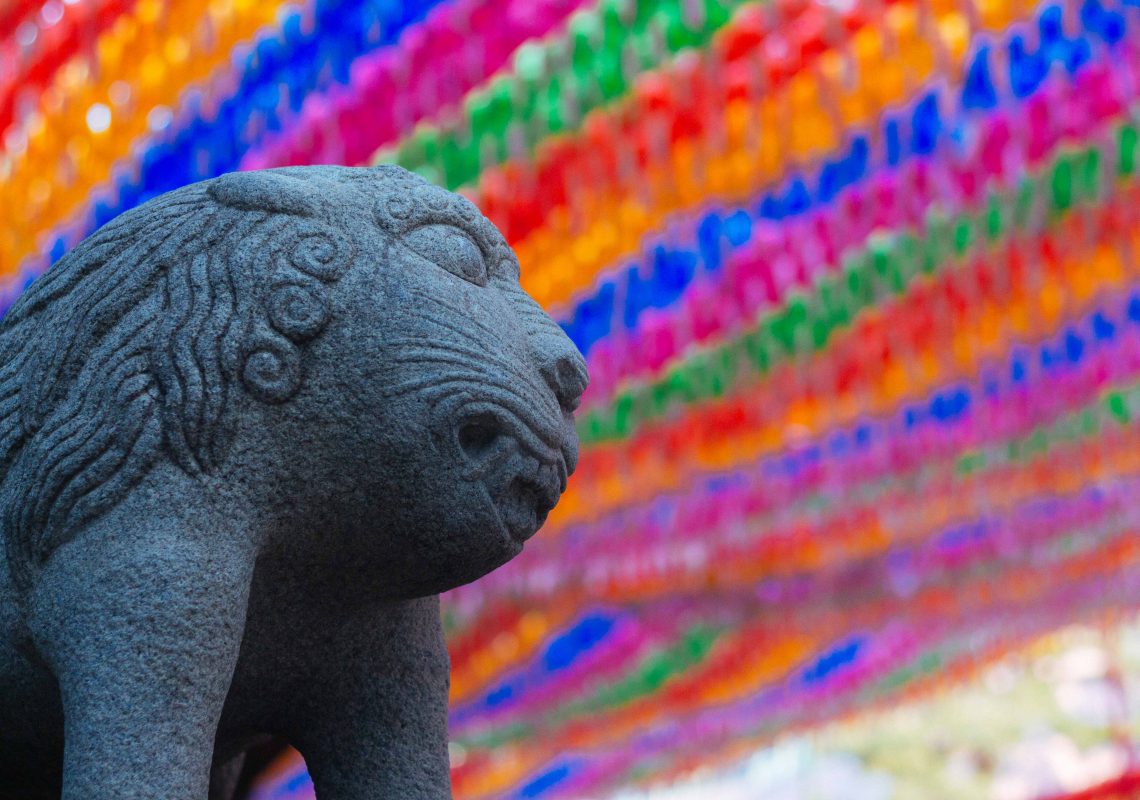

August 11-12, 2017 at Ewha Womans University, Seoul Korea
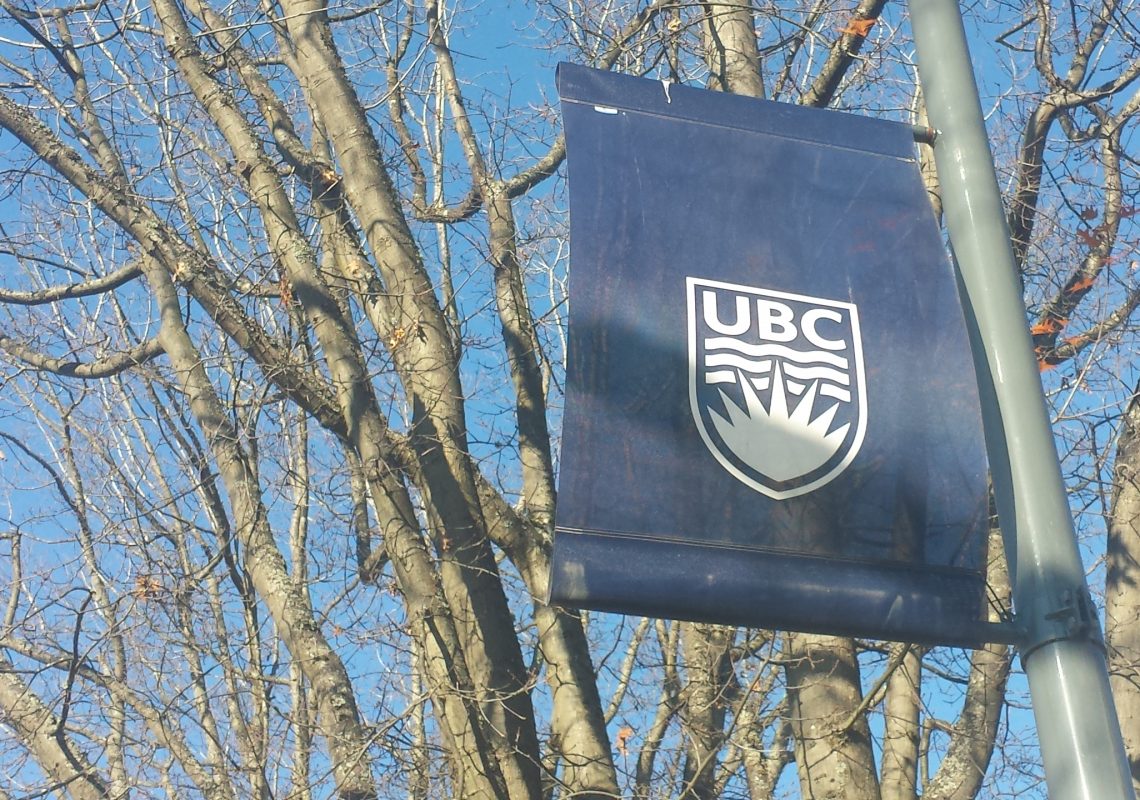
Join us in welcoming fellowship recipients and learning more about our Tianzhu post-doctoral fellow!

Report by Hassan Pirbhai, University of Calgary
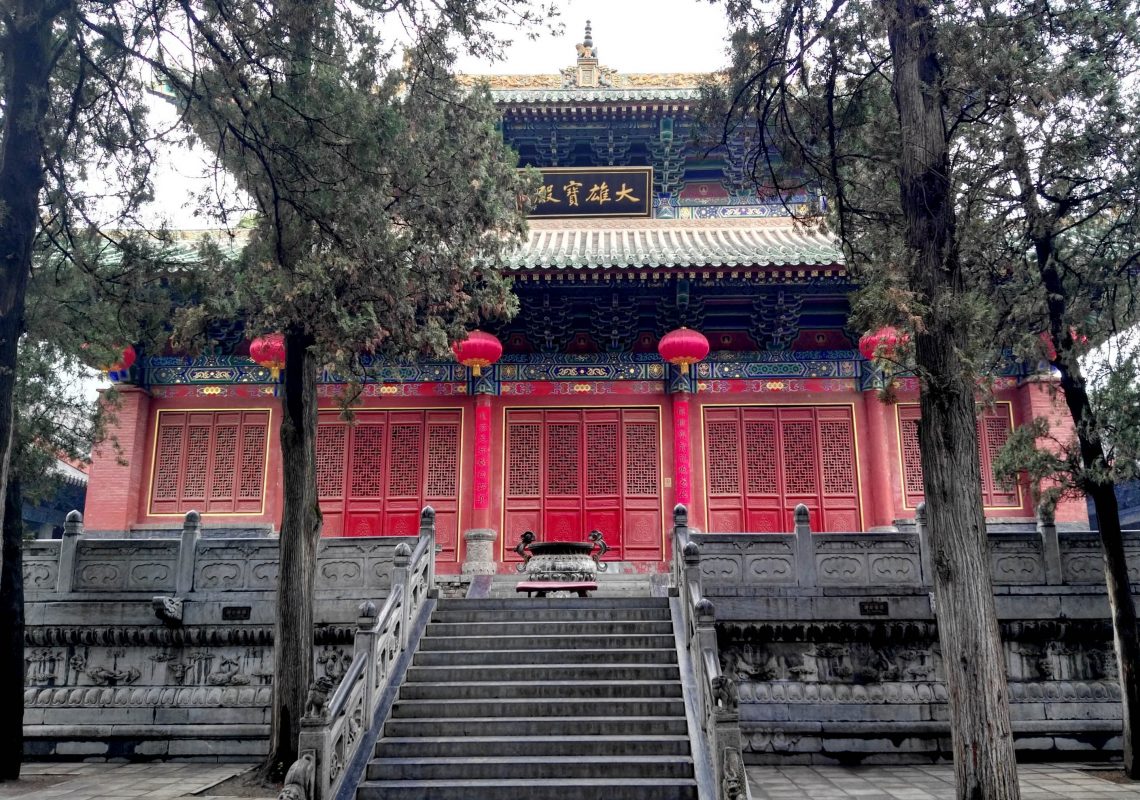
July 31 – August 2, 2017. The Shaolin Monastery 少林寺, Mount Song 嵩山, Henan 河南
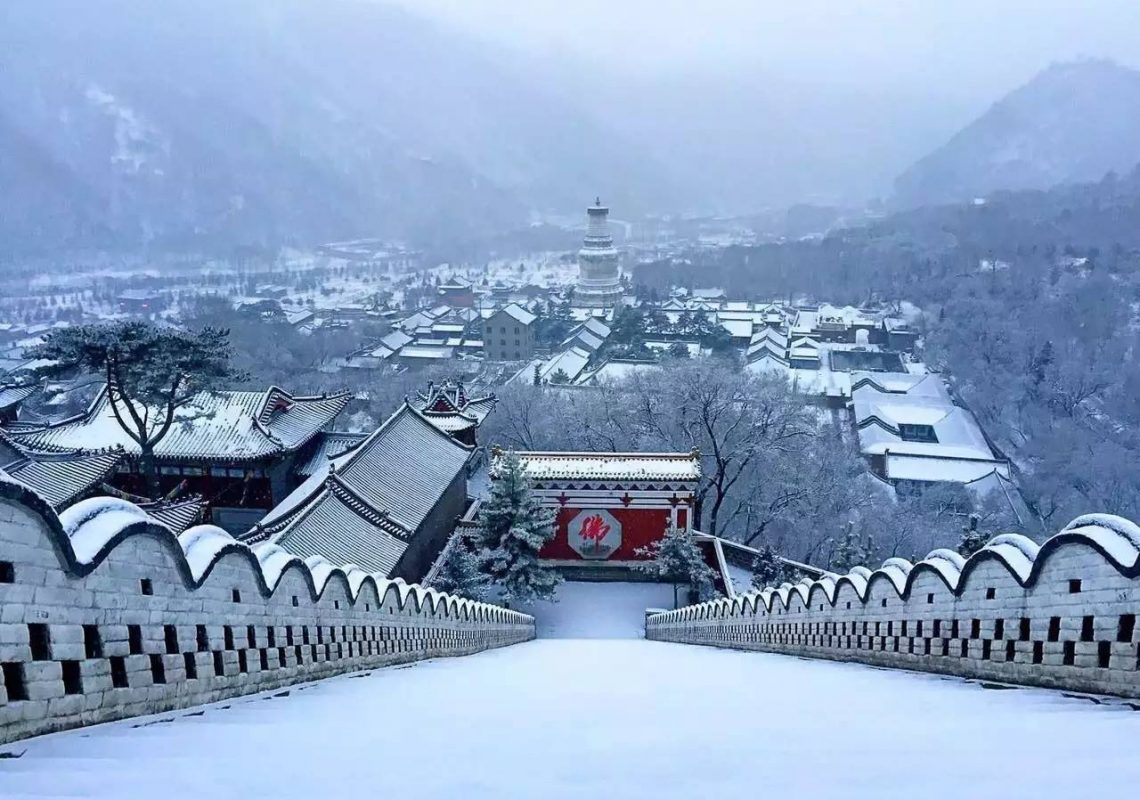
July 12-15, 2017. Great Sage Monastery of Bamboo Grove, Mount Wutai
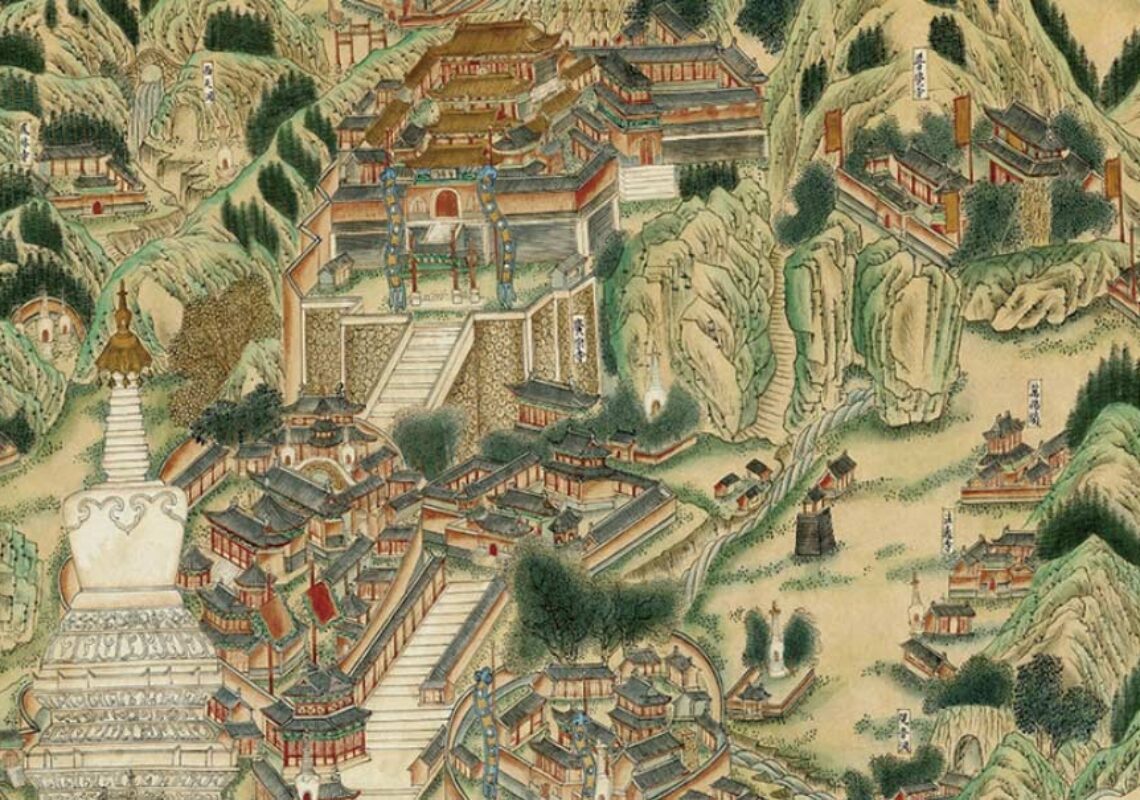
First Volume of “Famed Mountains and Great Monasteries” Series. Edited by Editor-in-Chief Shi Miaojiang, Chen Jinhua, Kuan Guang, and Ji Yun.
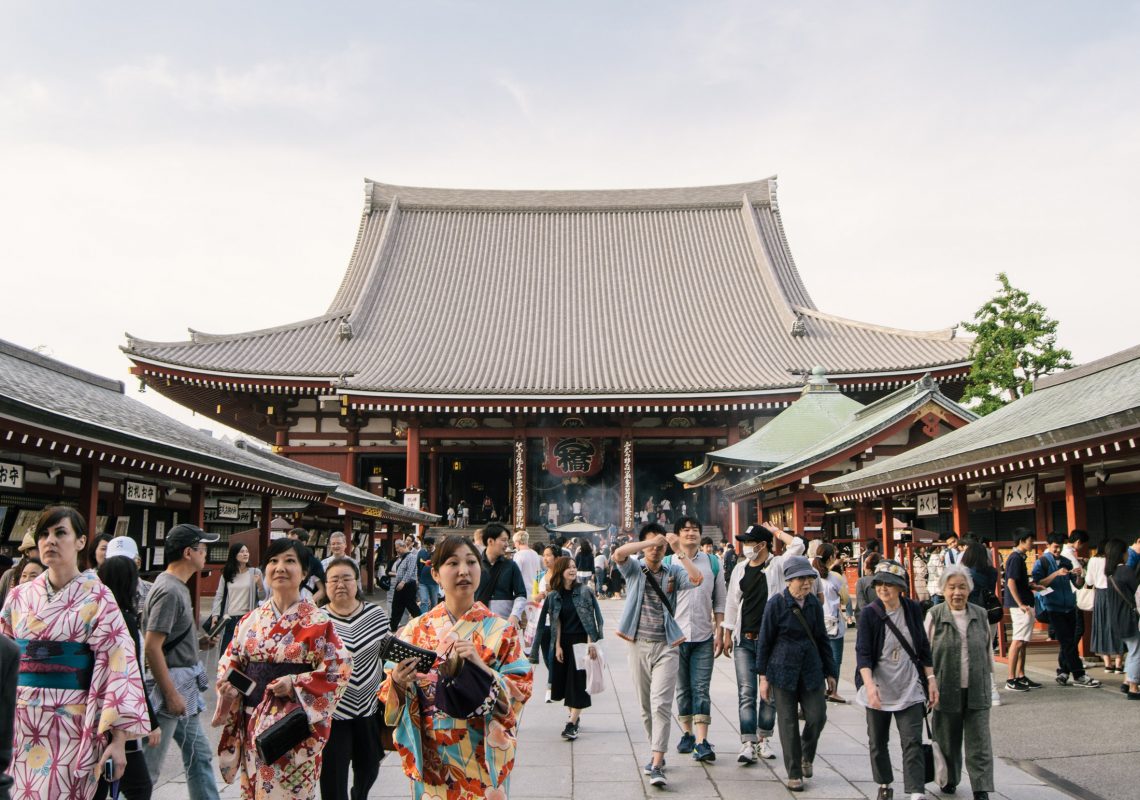
June 16-18, 2017. Vancouver Canada.
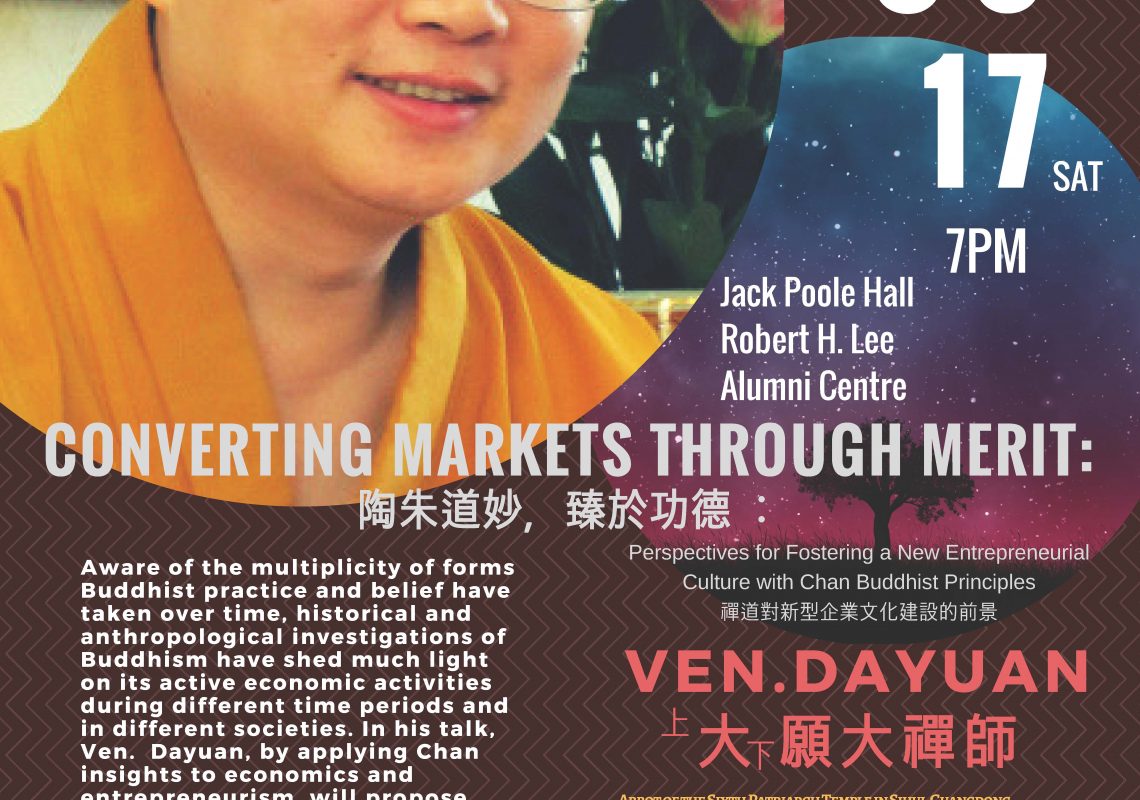
Ven. Dayuan. 7pm Saturday June 17, 2017. Jack Poole Hall, Alumni Centre, UBC

In memory of Antonino Forte, who passed away in 2006.
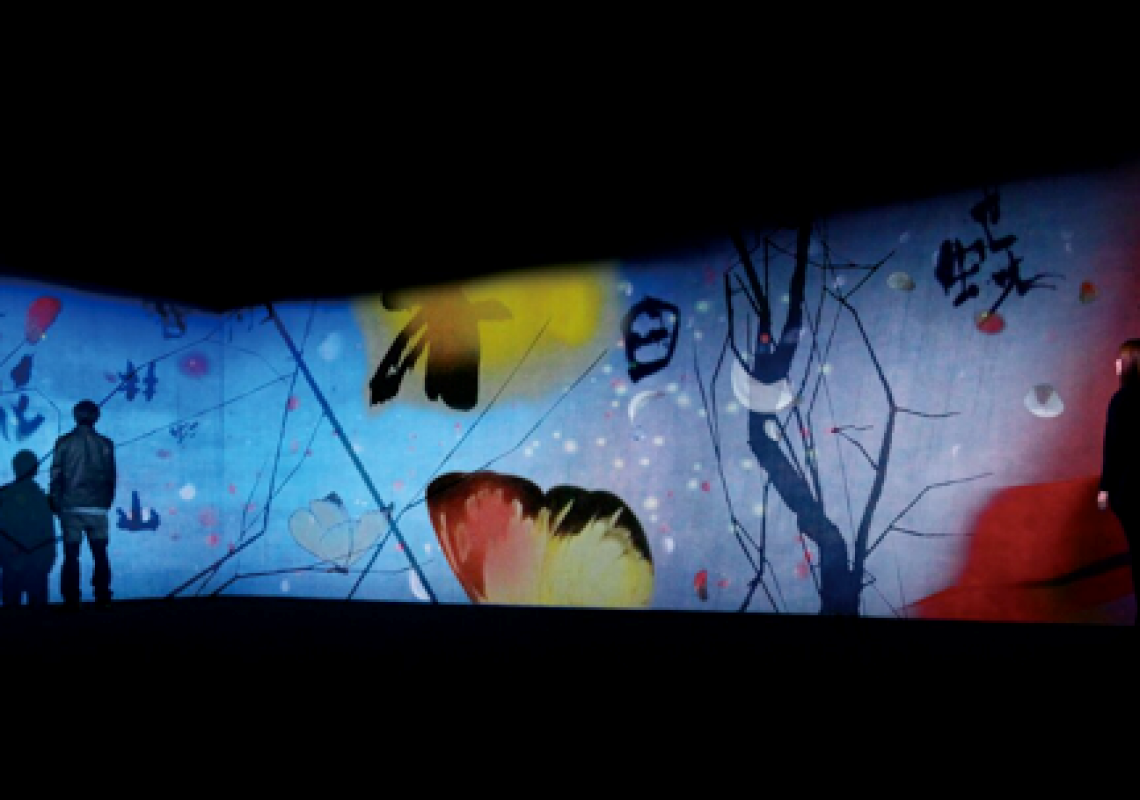
May 11 – October 9, 2017 at the Museum of Anthropology at UBC.